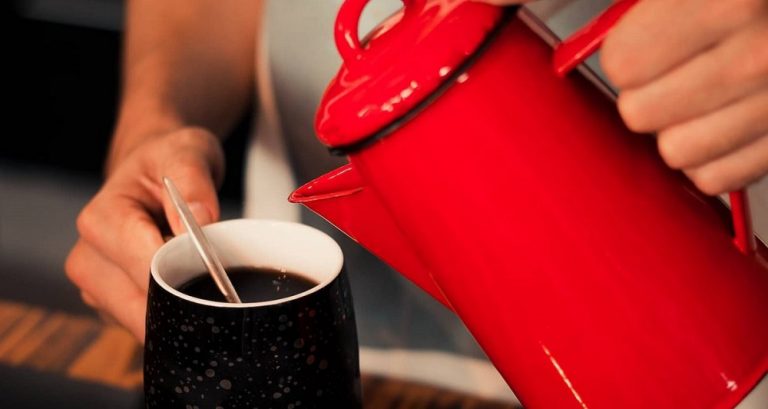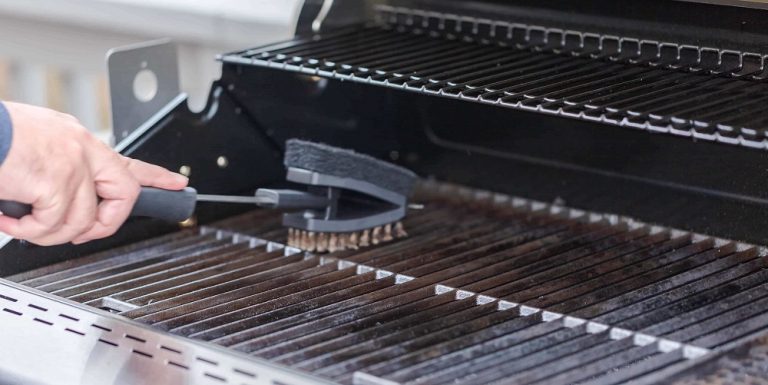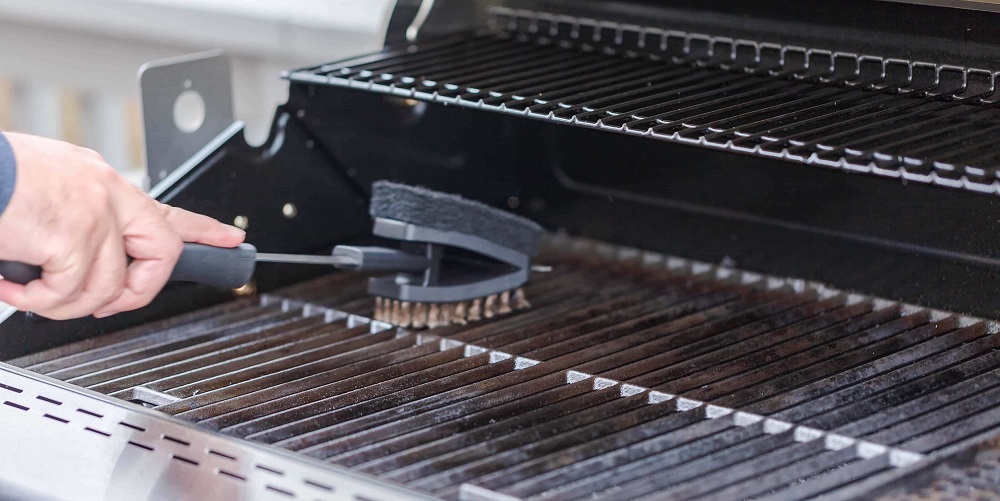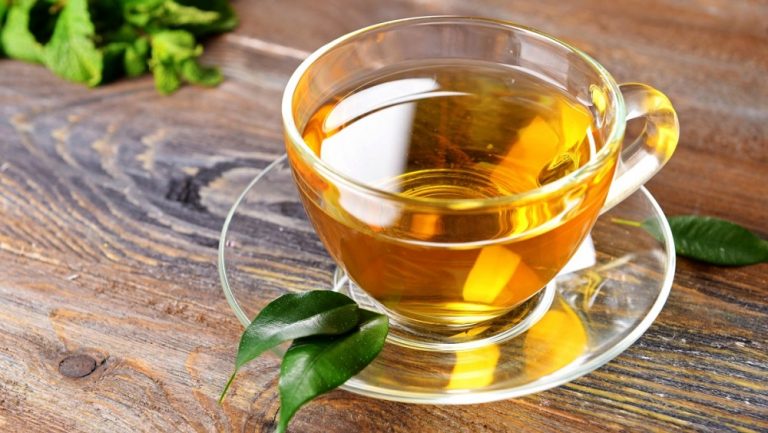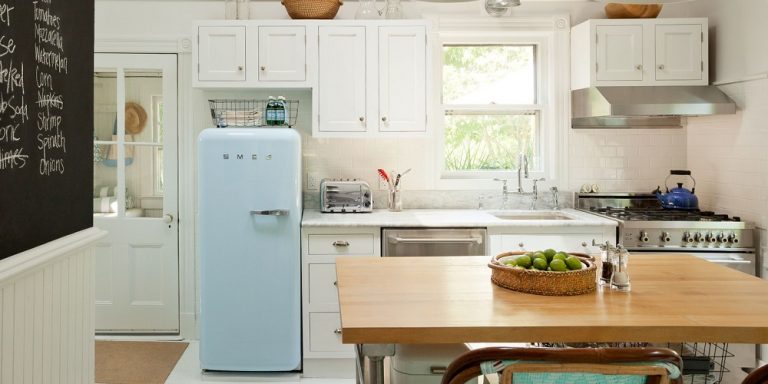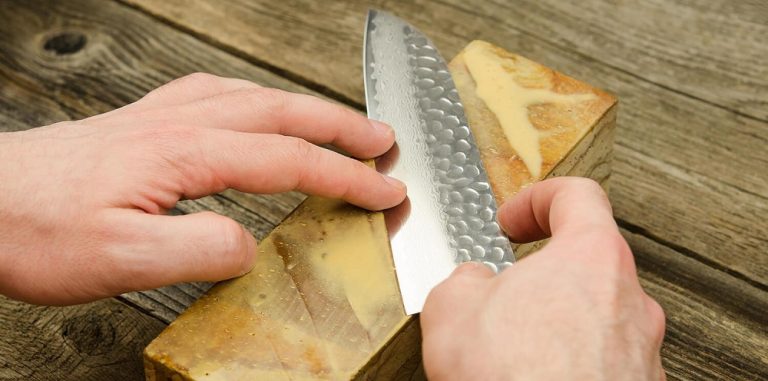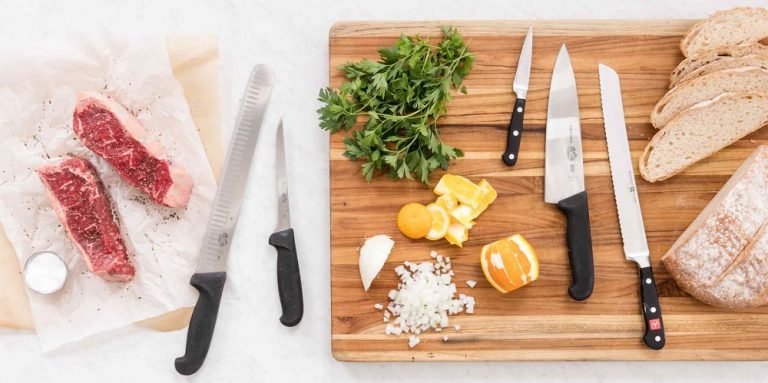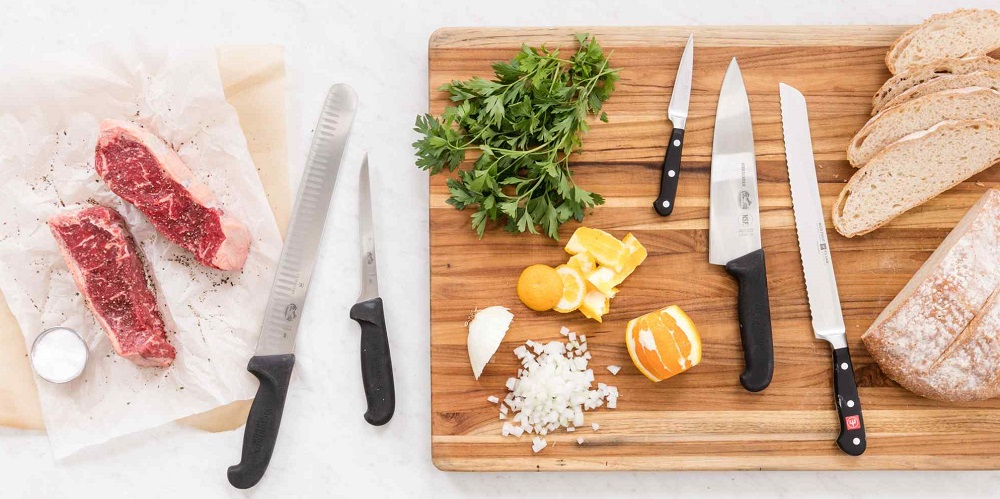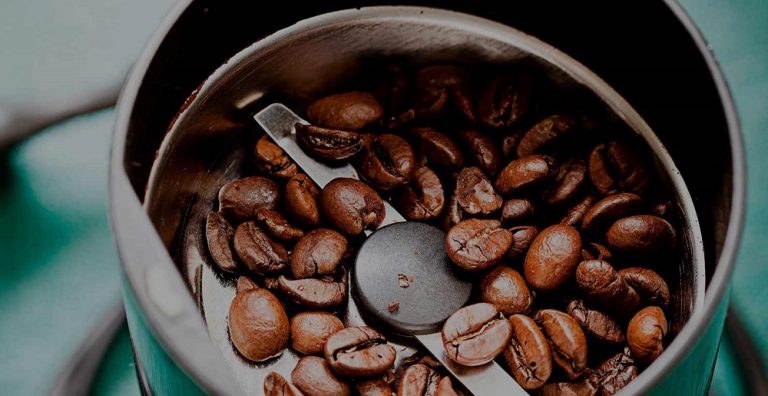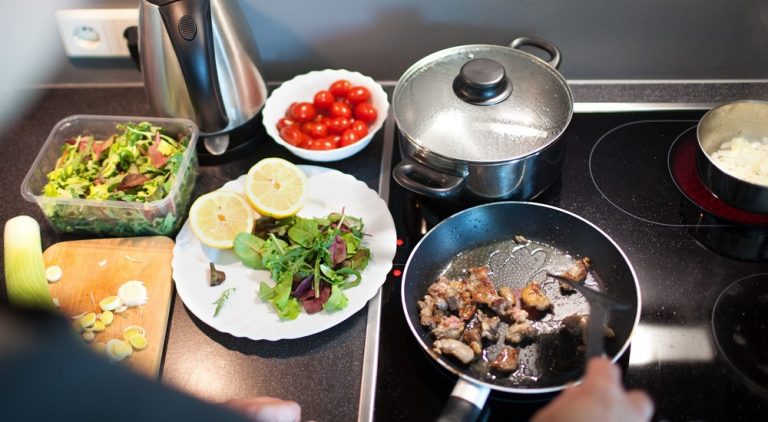With so many ways to brew the perfect cup, it can be hard to tell which is best for you. Two of the easiest methods and certainly good for entertaining are coffee percolators and drip coffee makers. Out of the two, they make a different brew, but which is the best? Some of the criteria are going to be objective as what one person considers good won’t always be the same as someone else but there are some things that no one can argue against such as a burnt cup of joe. To settle this debate, we’re going to take a closer look at both options.
What Is A Percolator?
Let’s start by considering the device that has roots that trace back to the 1800s. Still going strong, they use a metal basket filter that holds the ground coffee. Heated on a campfire or stovetop, the water travels up through a tube, and the heat causes condensation. This gathers at the top, before dripping into the basket holding the coffee. When fully saturated, the coffee-infused water drips into the pot.
The cycle is repeated when it is left on the heat, so the user can tailor the strength of their brew accordingly.
What Is A Drip Coffee Maker?
Although its history doesn’t stretch as far back, drip coffee machines still have plenty of history to call upon since its creation in 1908. Using a similar method in that it is placed on a stovetop or campfire, heated below, and creating condensation, only the brewing process differs at this point. Because after brewing the coffee it stores it, the cycle is not repeated so what you get is the same strength. There is a metal basket or place to insert a paper filter that can allow the user to tailor their strength.
[wc_fa icon=”cutlery” margin_left=”” margin_right=”10″ class=””][/wc_fa]Taste
The first and most important consideration is also the most difficult to define, but there is a difference between the two. For a strong coffee, there is only on the winner and that’s the percolator. It makes dark coffee based on its constant recycling but it can be made lighter with the right timing so it does have versatility on its side. There is also more caffeine when using a percolator thanks to the added brewing.
For a lighter coffee that can be made medium depending on the type of filter and grind of beans, a drip coffee maker is a good option. Filters help to remove some of the oils for a clean taste but without some of the smoothness.
[wc_fa icon=”cutlery” margin_left=”” margin_right=”10″ class=””][/wc_fa]Price
Both types of coffee makers are available in a variety of prices so they suit every budget. Of course, quality tends to increase with the price but a compact percolator that is ideal for camping can cost under $20. These may have a smaller capacity but can be perfect for someone living alone. Electric percolators can cost anywhere between $40 – $200 with anything around the mid waypoint being a reliable product with a large capacity that can give you around 10 cups and above.
A drip coffee maker is equally as different when it comes to price and can be found for as little as $15 for a basic product. Pod brewers are more expensive, but not by a lot so don’t expect to have to part with more than $200 for a decent product. Although they can cost more if you have the budget to spend they shouldn’t cost more than for example the best espresso machine under $500.
[wc_fa icon=”cutlery” margin_left=”” margin_right=”10″ class=””][/wc_fa]Capacity
This is where a percolator is the better choice as they are often found in multiple cup sizes, going well over ten cups at a time. These are great for entertaining, especially since they are easy to reheat (although this will increase the strength). Still, both products can be found in more convenient sizes so if you live alone or as a couple, you won’t be short on options.
[wc_fa icon=”cutlery” margin_left=”” margin_right=”10″ class=””][/wc_fa]Convenience
The drip coffee maker might have the edge on this purely based on its brewing options. Because they regulate heat differently and you aren’t going to have to keep as close an eye on the brew time, they can be easier to get on with. On the other hand, there are no paper filters with a percolator so they are good to go and cleanup is easier as a result. Either way, if your budget is restrictive and then the cheaper options for both are similar so it won’t make a massive difference.
[wc_fa icon=”cutlery” margin_left=”” margin_right=”10″ class=””][/wc_fa]Brew Time
Both products have a brewing time of around 5 minutes but this is a maximum for a drip coffee maker. A percolator can take longer but this is if you like your coffee particularly strong. It doesn’t take long for either to make a drinkable cup in the morning.
[wc_fa icon=”cutlery” margin_left=”” margin_right=”10″ class=””][/wc_fa]Portability
For a camping trip or even just taking from place to place, a percolator is a better option. Because it only needs a stove to brew, they are not reliant on power and tend to be hard-wearing because they are mostly made from metal parts, ideal for taking traveling. A drip coffee maker tends to be heavier and bulkier so it is not. as convenient if you are looking for a coffee maker that can b used on a camping trip.
Conclusion
The decision should be down to the user’s preference of brew as anyone who likes it stronger should opt for a percolator and otherwise, a drip coffee maker is a good idea. If you are torn then a percolator has the edge on the above criteria. The portability is not likely to be as important for many people but they are convenient, allow you to make a stronger cap, and tend to have a larger capacity.
Since there isn’t a lot between them when it comes to price, the ease of cleanup might sway you. You can’t go far wrong with either and will be able to produce great-tasting coffee every day. If you do not want to use a stovetop percolator then remember that there are plenty of electric options available, although this will push the price up.
